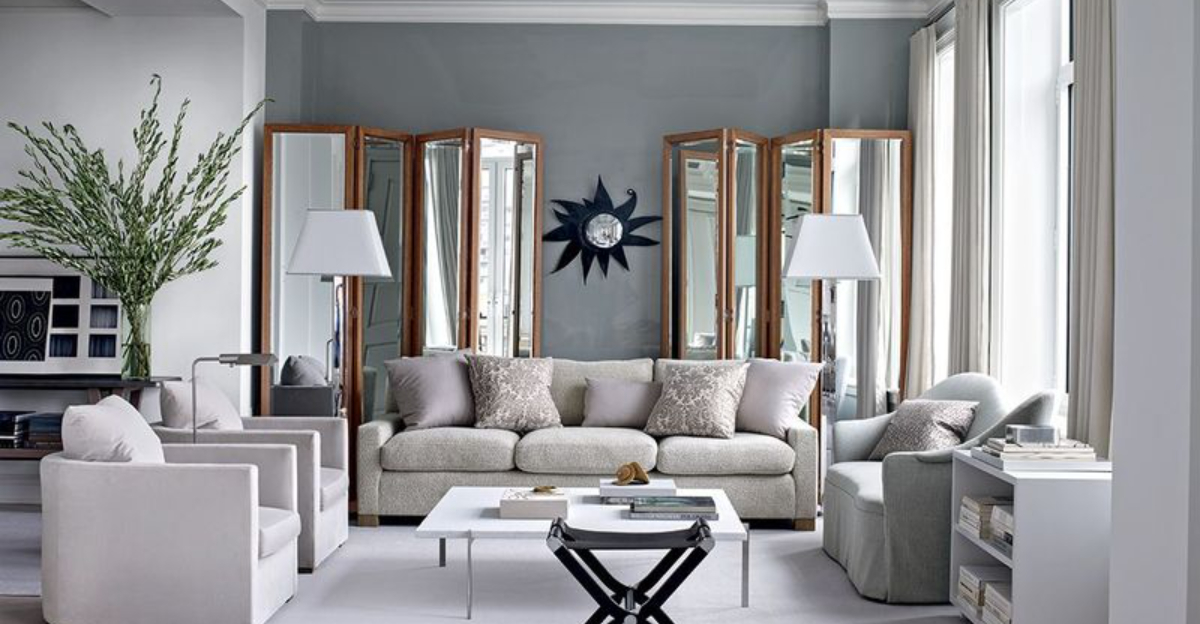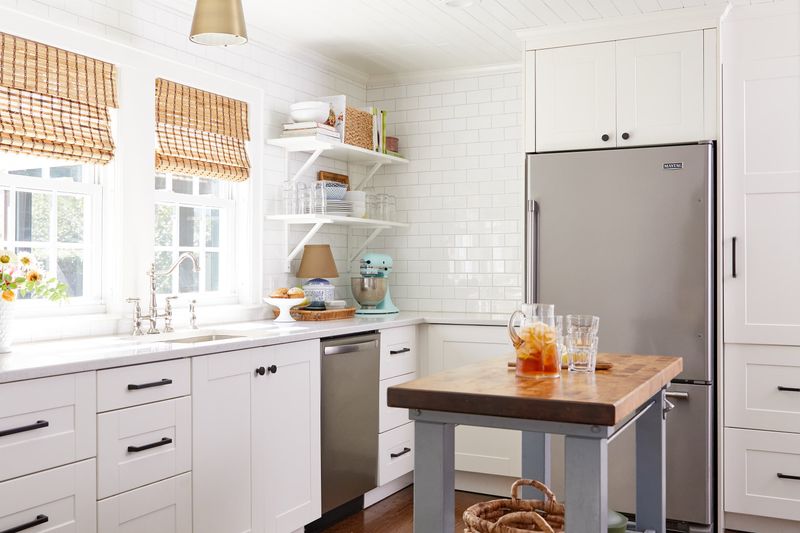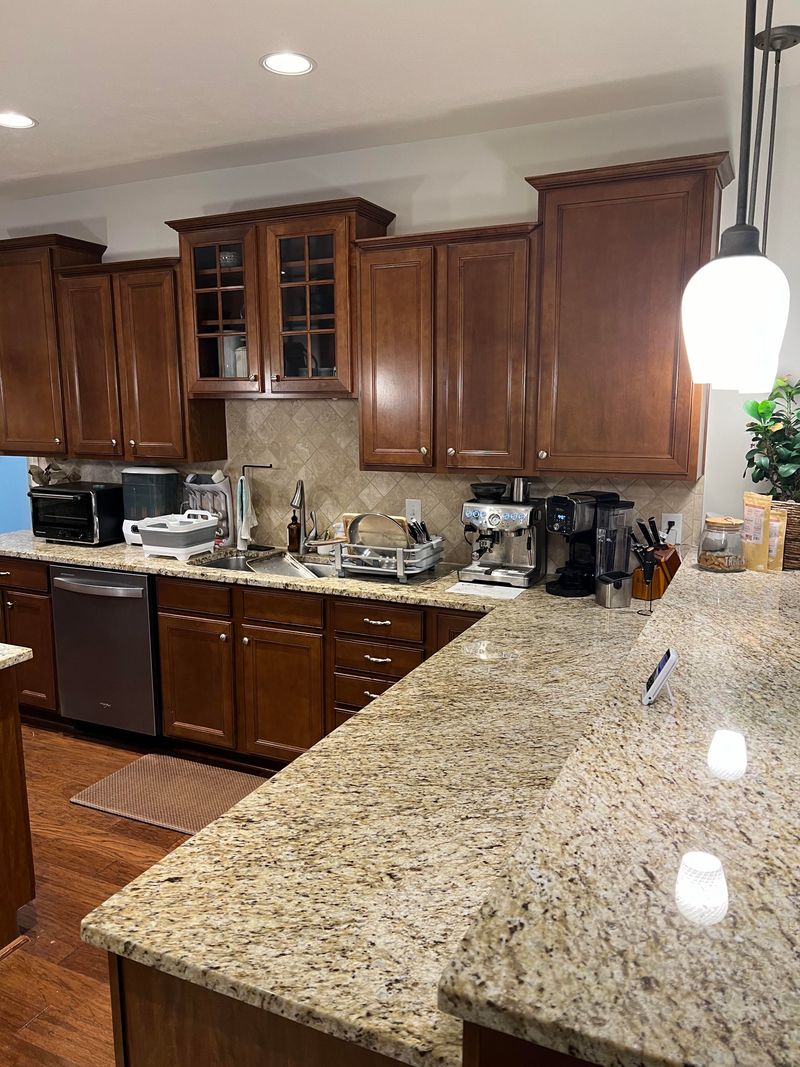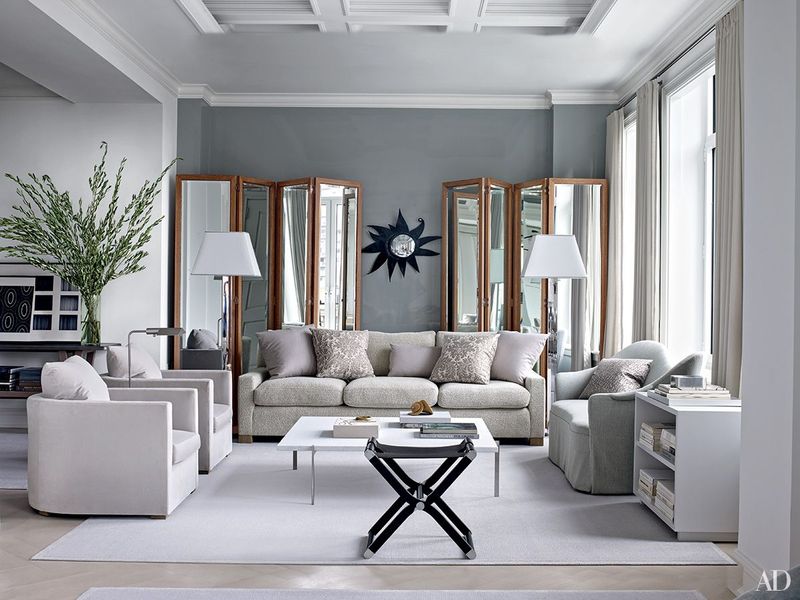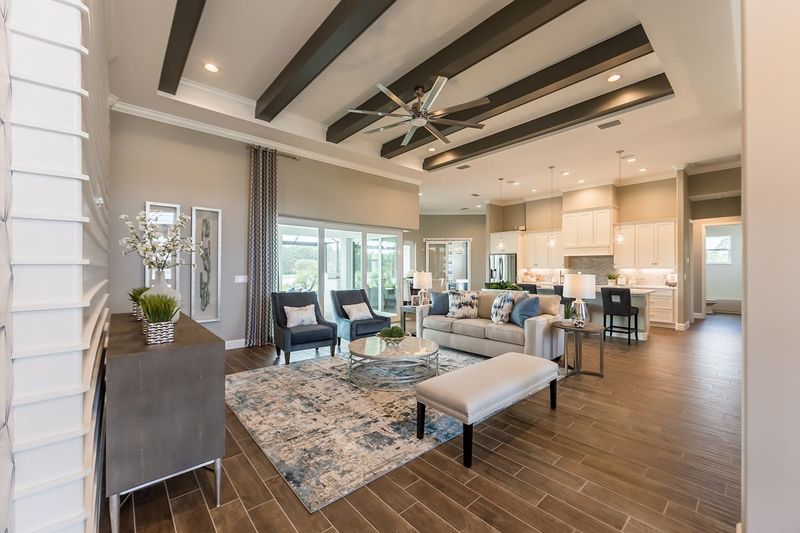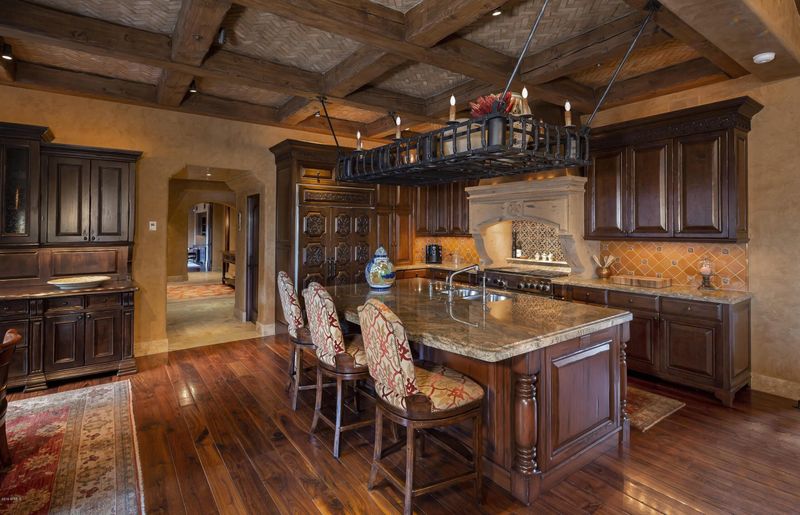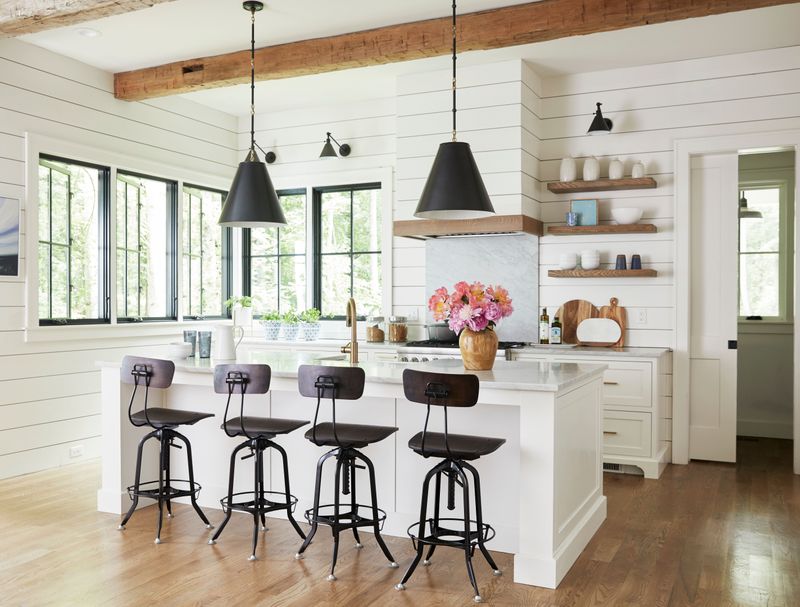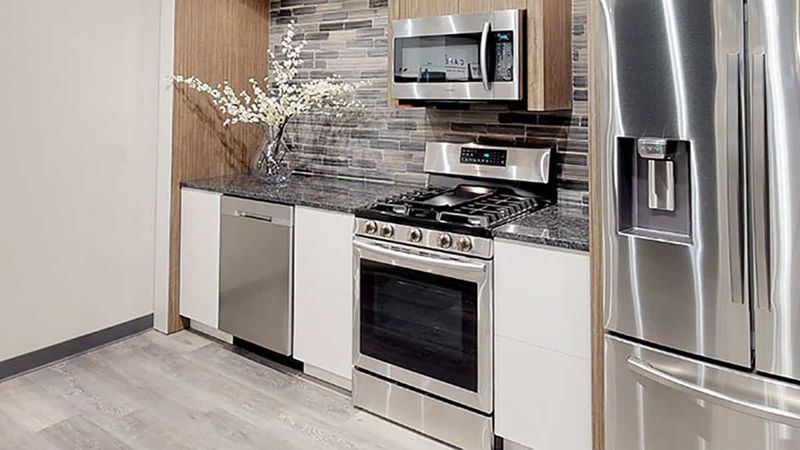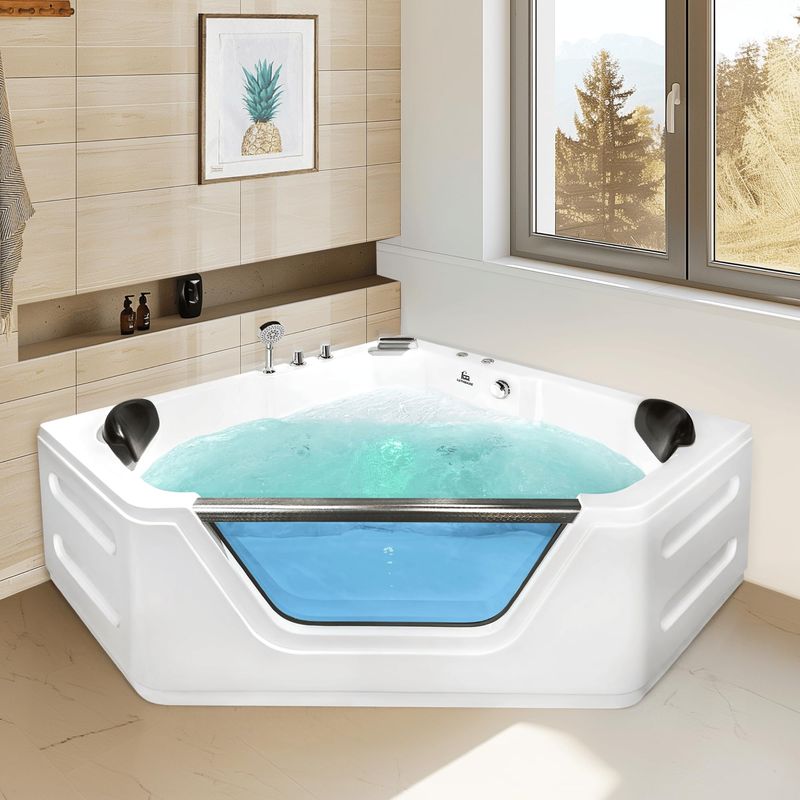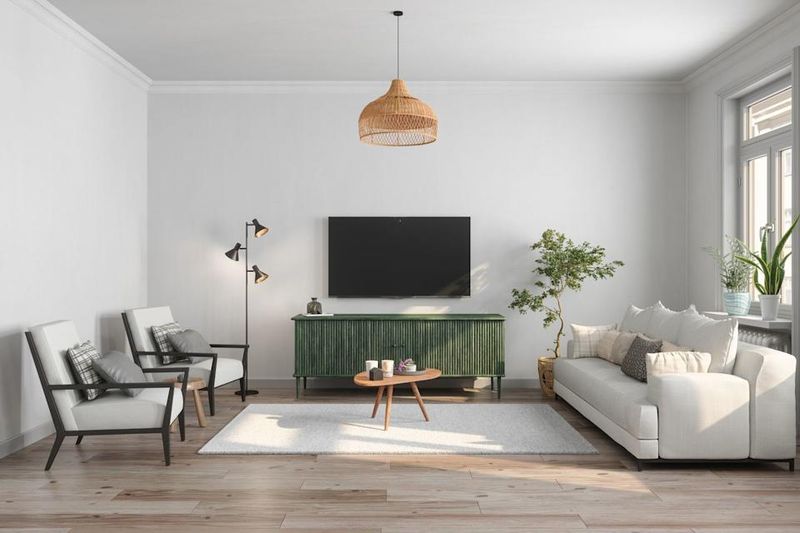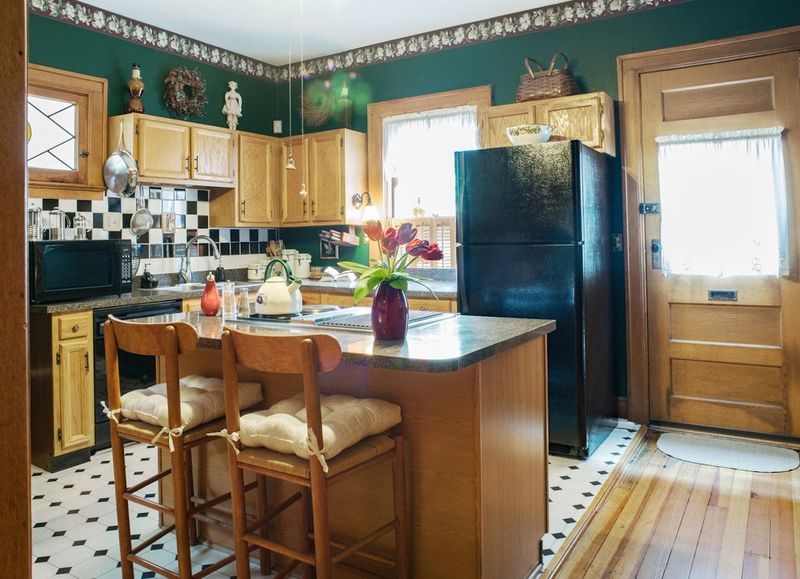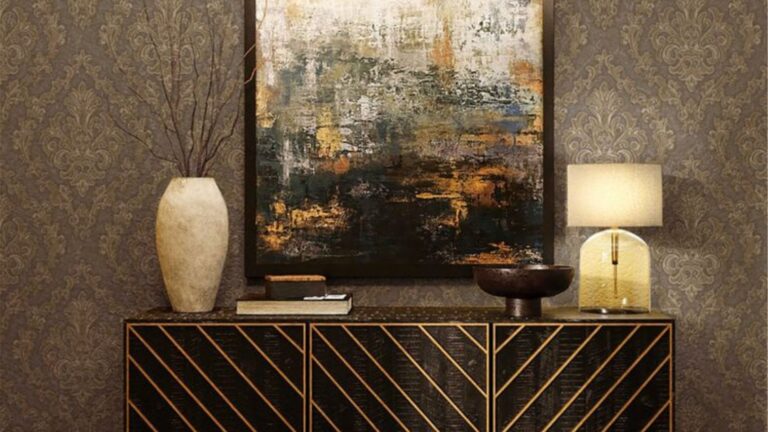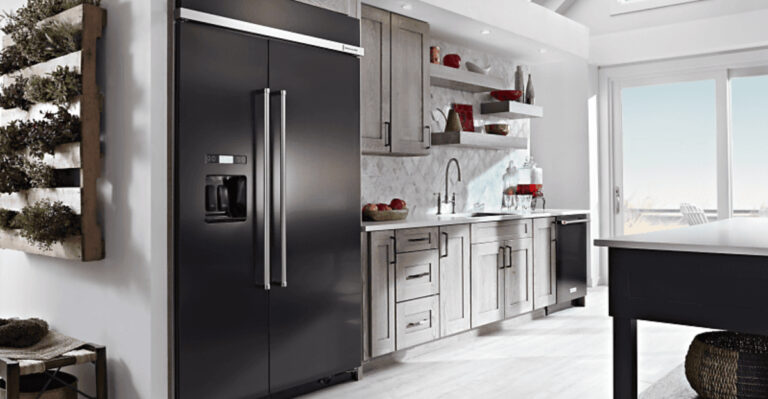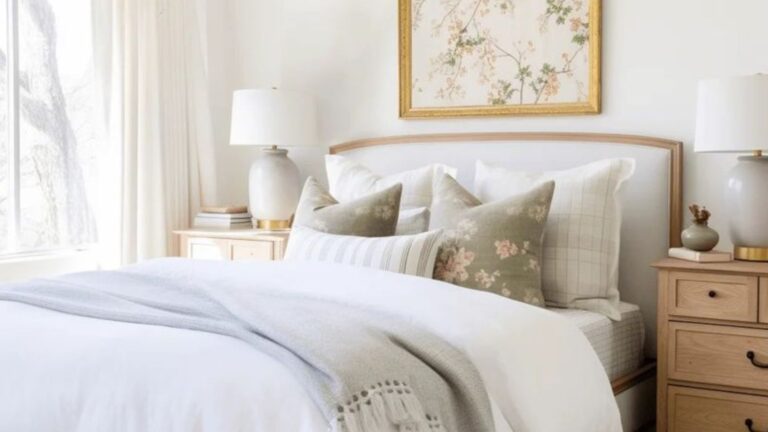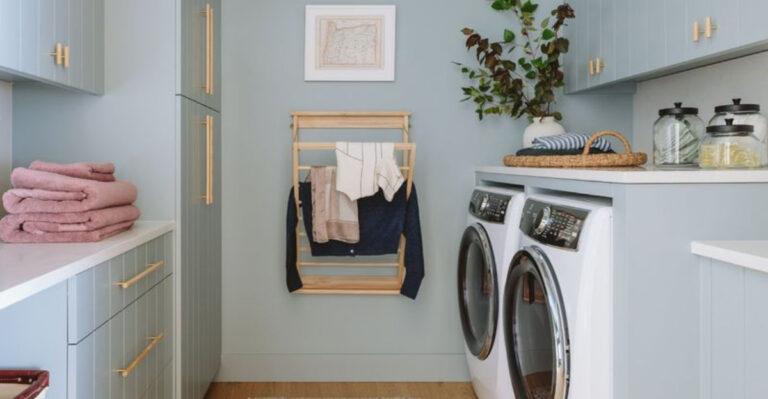10 Outdated Home Trends Experts Say Will Devalue Properties By The End Of 2025 (Plus 5 Already Doing So)
The real estate market is always evolving, with yesterday’s must-haves quickly becoming today’s design faux pas.
As we move through 2025, certain home features that once added value are now sending potential buyers running for the hills.
Real estate experts and interior designers have identified specific outdated trends that could significantly impact your property’s value by the end of the year.
1. All-White Kitchens
Remember when spotless white kitchens were all the rage? Those pristine spaces are losing their appeal faster than spilled red wine stains their countertops.
Buyers now seek kitchens with personality and warmth through mixed materials and contrasting colors. The sterile laboratory look is being replaced by richer woods, colored cabinets, and statement backsplashes that create visual interest and hide everyday wear and tear better.
2. Barn Doors on Tracks
What started as a charming farmhouse accent quickly slid into overuse territory. These space-saving doors that once graced every home renovation show are now considered more hassle than they’re worth.
Lacking privacy and proper sound insulation, barn doors leave gaps that let sound and light travel freely between rooms. Most real estate professionals report that buyers now view them as dated gimmicks rather than practical solutions, preferring traditional swing doors or modern pocket doors instead.
3. Granite Countertops
Once the crown jewel of kitchen renovations, granite’s reign as the countertop king is crumbling. Those speckled surfaces that dominated homes in the early 2000s now signal to buyers that your kitchen hasn’t been updated in decades.
Quartz, marble-look composites, and even concrete have dethroned granite with their more uniform appearance and lower maintenance requirements. The busy patterns and high-maintenance sealing needs of granite now feel like relics from a bygone design era.
4. Gray Everything
Gray had its heyday as the neutral of choice, but its cool dominance is fading fast. Walking into an all-gray home now feels like stepping into a dated time capsule from the 2010s.
The pendulum has swung toward warmer neutrals like beige, greige, and earthy tones that create more inviting spaces. Designers report that the once-popular gray-on-gray-on-gray approach now feels industrial and cold to potential buyers seeking homes with personality and warmth.
5. Open Concept Floor Plans
After years of knocking down walls with gleeful abandon, the pandemic taught us the value of privacy. Open concept layouts that once symbolized modern living now represent a practical nightmare for many families.
With remote work and schooling becoming permanent fixtures, buyers increasingly seek homes with designated spaces for different activities. The ability to close a door and muffle the sound of someone else’s Zoom call or video game has become a premium feature, not an outdated inconvenience.
6. Tuscan-Style Kitchens
If your kitchen resembles an Italian villa with heavy wrought iron, terracotta tiles, and ornate details, you might be cooking up trouble with future buyers. This once-coveted Mediterranean style now feels as dated as dial-up internet.
Today’s buyers prefer cleaner lines and simpler designs that won’t feel dated in five years. The faux-finished walls, ornate corbels, and dark cabinetry that defined the Tuscan trend now signal to buyers an expensive renovation waiting to happen.
7. Shiplap Everywhere
Joanna Gaines may have single-handedly launched the shiplap revolution, but even good trends can go overboard. What started as charming accent walls has evolved into all-shiplap everything – and buyers are starting to jump ship.
Used sparingly, this horizontal wood paneling can still add character. However, homes where every wall, ceiling, and surface has been shiplapped scream “trendy renovation” rather than timeless design. Experts suggest limiting this feature to a single accent wall to avoid dating your home.
8. Chevron and Geometric Patterns
Zigzagging out of style faster than you can say “2015 design trends,” chevron patterns have lost their edge in home decor. Those bold geometric patterns that once adorned everything from backsplashes to bedroom walls now immediately date a space.
Clean lines and subtle textures have replaced these busy patterns in current design trends. Homeowners looking to sell should consider replacing chevron tile work or wallpaper with more timeless options that won’t send buyers running in zigzag patterns away from your property.
9. Brass Fixtures
The shiny yellow brass fixtures that dominated homes in the 1980s and early 1990s have tarnished in popularity. While brass has made a comeback in recent years, it’s the matte, brushed, or antiqued varieties that are trending – not the lacquered, high-shine versions of decades past.
Dated brass fixtures, especially when paired with crystal elements or elaborate designs, immediately date a home. Modern metallics like matte black, brushed nickel, and champagne bronze offer contemporary alternatives that won’t send your property value plummeting.
10. Over-the-Stove Microwaves
That space-saving microwave mounted above your range is quickly becoming a design relic that dates your kitchen. What once seemed like smart space utilization now signals outdated kitchen planning to savvy homebuyers.
Current kitchen designs favor microwaves integrated into islands, hidden in pantries, or installed as drawer units below countertops. This shift comes from both safety concerns (no more reaching over hot surfaces) and aesthetic preferences for cleaner sightlines and proper ventilation hoods that actually remove cooking odors effectively.
1. Jetted Tubs
Those massive whirlpool tubs that dominated master bathrooms in the 1990s and early 2000s are now causing more bubbles of concern than relaxation. Once seen as the ultimate luxury, they’ve fallen dramatically out of favor with today’s homebuyers.
Modern preferences lean toward spacious walk-in showers and freestanding soaking tubs that use less water and space. The maintenance headaches, water waste, and dated appearance of built-in jetted tubs now signal to potential buyers an immediate renovation need rather than a luxurious feature.
2. Carpet in Bathrooms
If your bathroom still sports carpet, you might as well hang a sign that says “Welcome to 1985!” This puzzling trend somehow survived decades despite being a magnet for moisture problems and hygiene concerns.
Hard surfaces like tile, luxury vinyl, and engineered wood have become the standard for bathroom flooring. They’re water-resistant, easier to clean, and don’t harbor mold and mildew. Real estate agents consistently report that carpeted bathrooms are immediate turnoffs for almost every potential buyer.
3. TV-Centric Living Rooms
Gone are the days when the massive television was the undisputed focal point around which all furniture orbited. Living rooms designed primarily for screen-gazing are rapidly falling from favor.
Today’s buyers seek multi-functional spaces that encourage conversation and connection. Rooms with natural focal points like fireplaces or large windows, complemented by comfortable seating arrangements that facilitate interaction, now command premium prices.
4. Popcorn Ceilings
Looking up should never make potential buyers want to run away, but that’s exactly what happens with popcorn ceilings. This textured nightmare from the mid-20th century continues to plague homes across America.
Beyond looking dated, these bumpy surfaces collect dust, are difficult to clean, and often contain asbestos in older homes. Smooth ceilings have become the overwhelming preference for their clean, contemporary look and practical benefits.
5. Wallpaper Borders
Those narrow strips of wallpaper that once crowned rooms like paper tiaras have lost their royal status in home design. Popular throughout the 80s and 90s, wallpaper borders now serve as instant time stamps of outdated decor.
Modern wall treatments favor clean lines or, when pattern is desired, full accent walls that make bolder statements. Removing these dated borders is one of the first recommendations designers make when preparing homes for sale, as they immediately signal to buyers that the home hasn’t been updated in decades.

